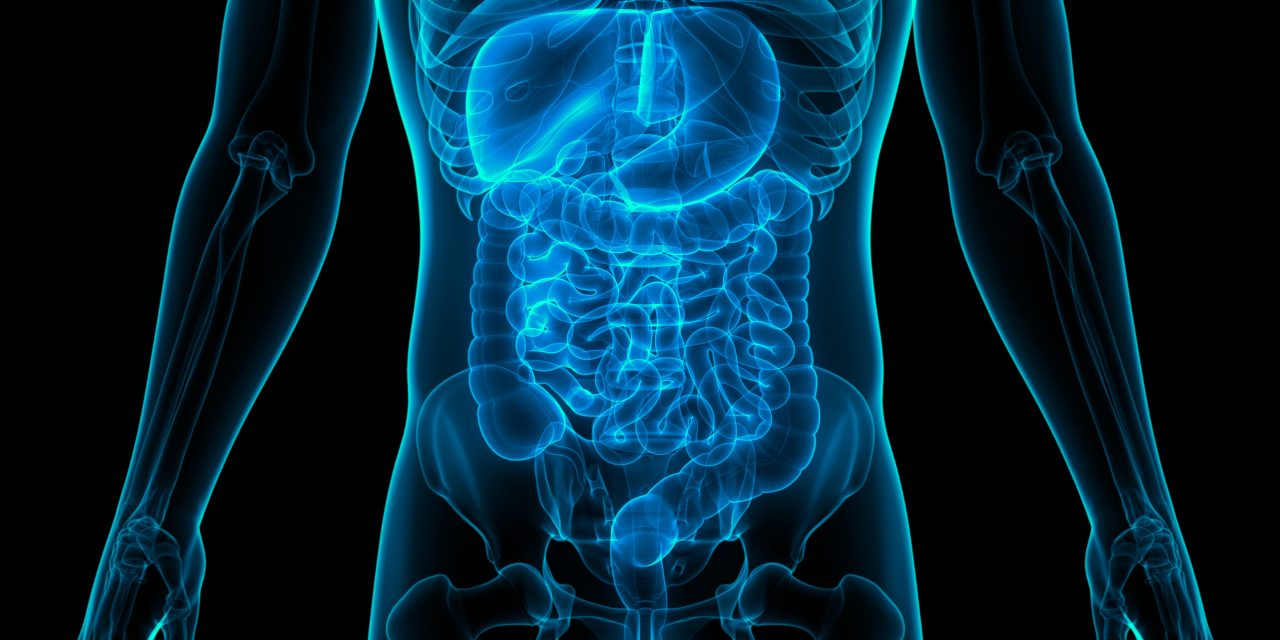Adult-derived procedures are used to perform paediatric high-resolution manometry (HRM) and 24-hour pH-impedance with/without ambulatory manometry testing. Researchers wanted to see if these methods worked in kids, if there were any patient-related flaws, and how they affected test interpretation. All exams were divided into two categories: uninterpretable and interpretable. Patient-related artefacts, multiple swallows, and/or failure to establish baseline features were all graded for HRM. In the pH-MII study, inaccurate symptom recording and/or early catheter removal were penalised. In all, 106 HRM, 60 pH-MII, and 23 pH-MII-mano samples could be thoroughly examined. 94.8 percent of the HRM, 91.9 percent of the pH-MII, and 95.7 percent of the pH-MII-mano were interpretable. HRM had flaws in 78.3 percent of cases, including 8/8 in the lowest age group, 36/42 in children aged 4 to 12, and 37/56 in those aged 12 and older. These flaws resulted in incomprehensible findings in four HRM, three of which were in the youngest age range. Imperfections were detected in 10% of pH-MII and 17.4% of pH-MII-mano. This resulted in uninterpretable outcomes in 5.0 percent and 4.3 percent of the cases, respectively. There was no evidence of an age impact.
More than 90% of esophageal function tests in children can be interpreted. All patients under the age of four showed poor HRM, and 3/8 tests were uninterpretable. In the great majority of cases, HRM in older children and pH-MII+/-mano were interpretable.


